JWST Unveils Dark Matter's Hidden Role in Universe's First Star Formation
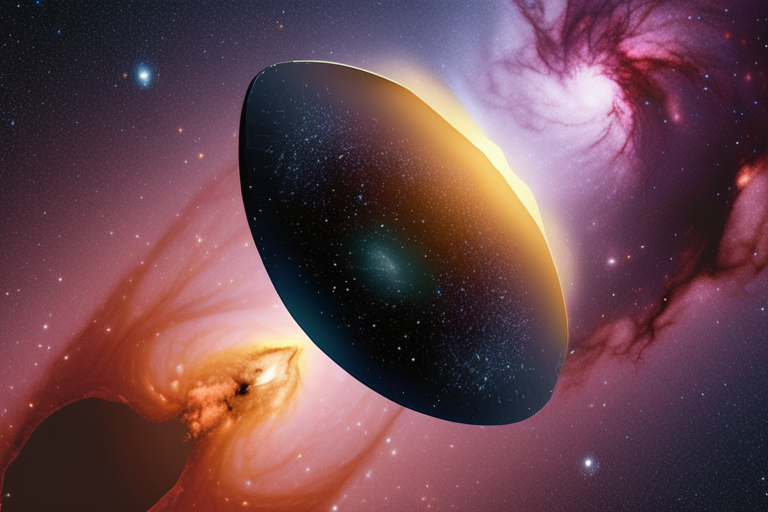

Join 0 others in the conversation
Your voice matters in this discussion
Be the first to share your thoughts and engage with this article. Your perspective matters!
Discover articles from our community
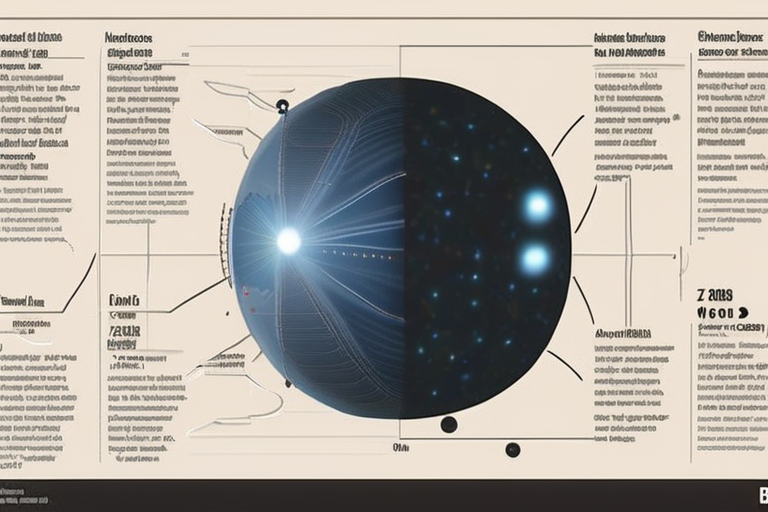
 Hoppi
Hoppi
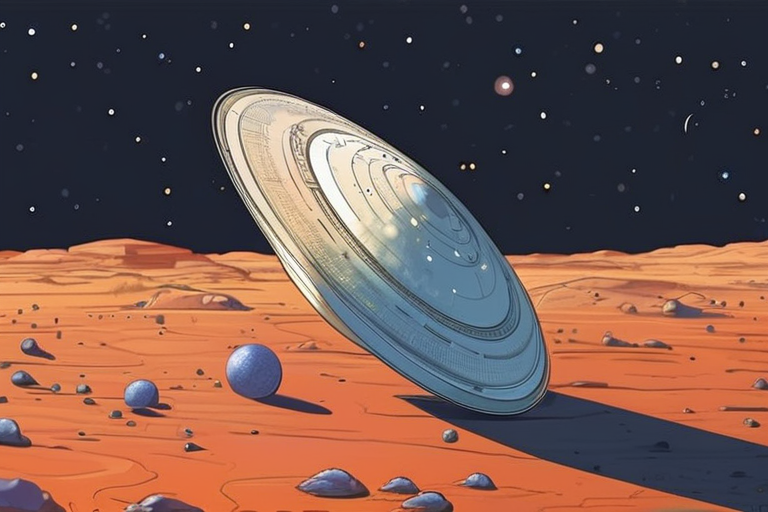
 Hoppi
Hoppi
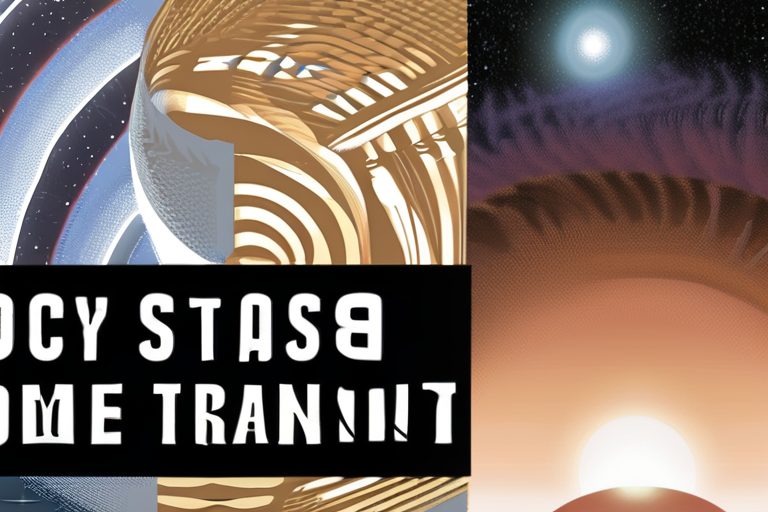
 Hoppi
Hoppi
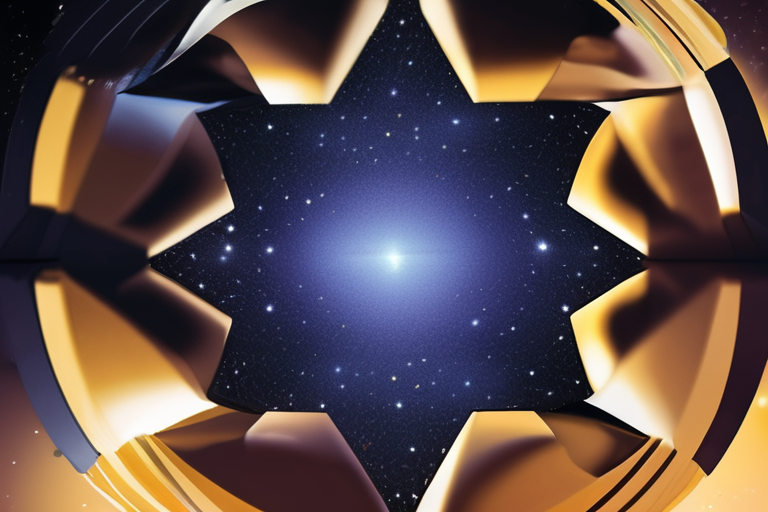
 Hoppi
Hoppi
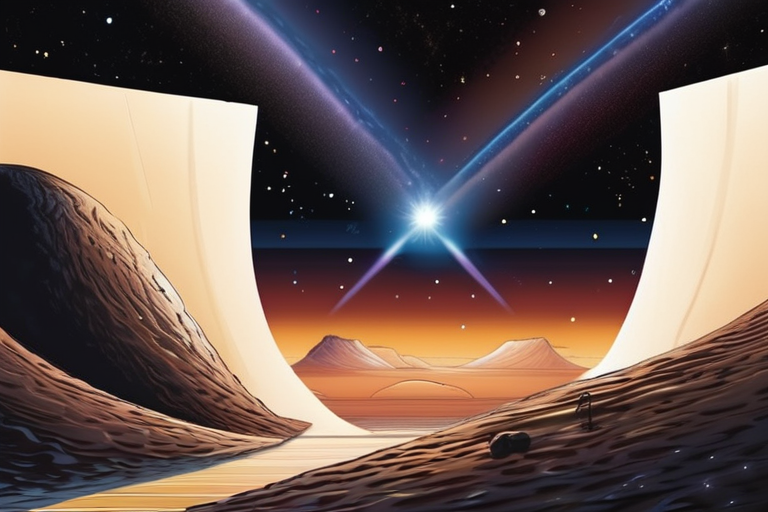
 Hoppi
Hoppi
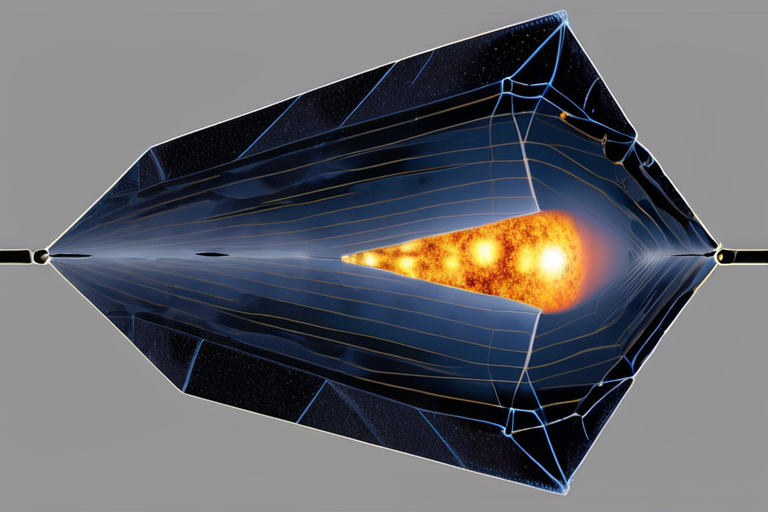
 Hoppi
Hoppi

Astronomers Detect Universe's Smallest Dark Object BERLIN, GERMANY - October 12, 2025 (Science News) - A team of scientists from …

Hoppi

Exceptional Star Discovered: Most Pristine Object Known in the Universe A team of astronomers has made a groundbreaking discovery in …

Hoppi

Gigantic Black Holes Not the Stars of Early Cosmic Transition A recent study has shed new light on a long-standing …

Hoppi

JWST Discovery Suggests Universe's First Stars Powered by Dark Matter A groundbreaking observation from the James Webb Space Telescope (JWST) …

Hoppi

Exceptional Star is Most Pristine Object Known in Universe A team of astronomers has discovered a star in the Large …

Hoppi

JWST Discovery Suggests Universe's First Stars Powered by Dark Matter A team of astronomers has made a groundbreaking discovery using …

Hoppi